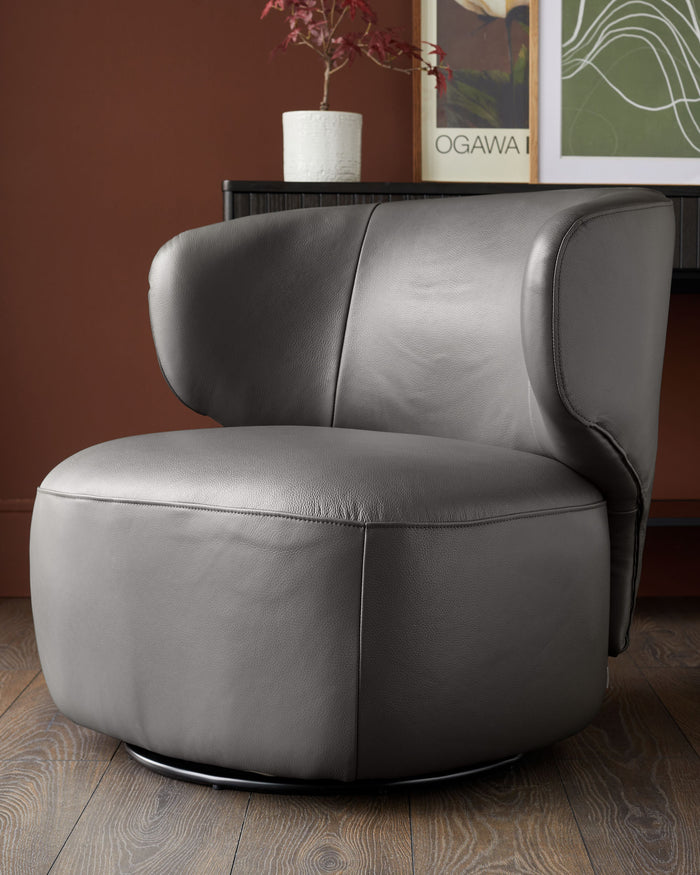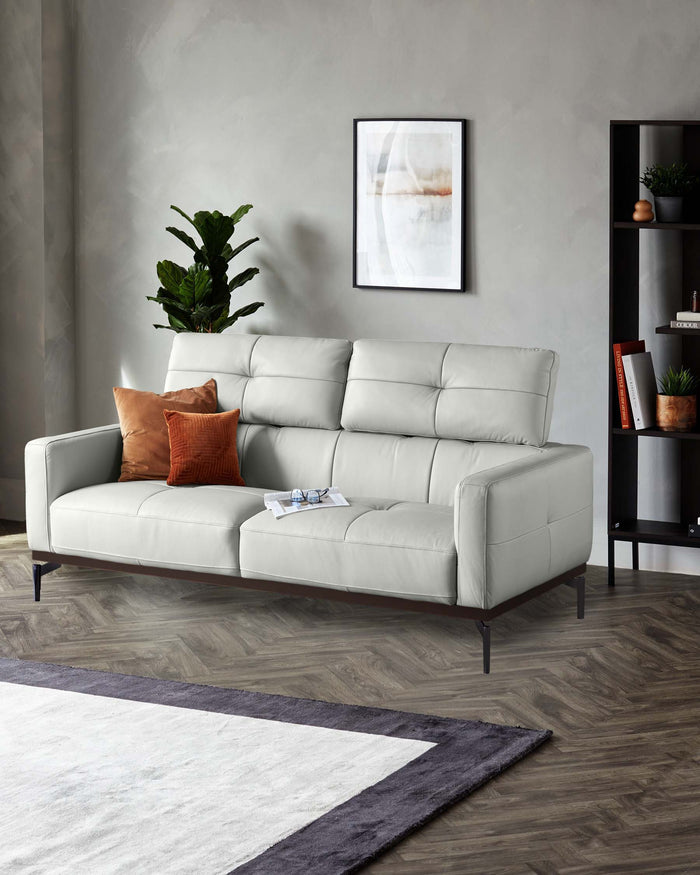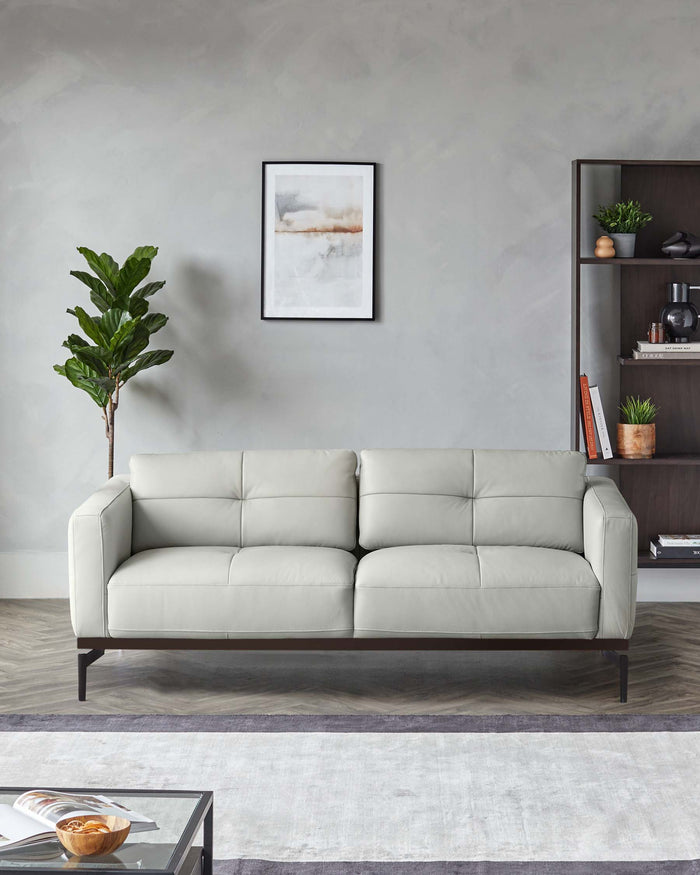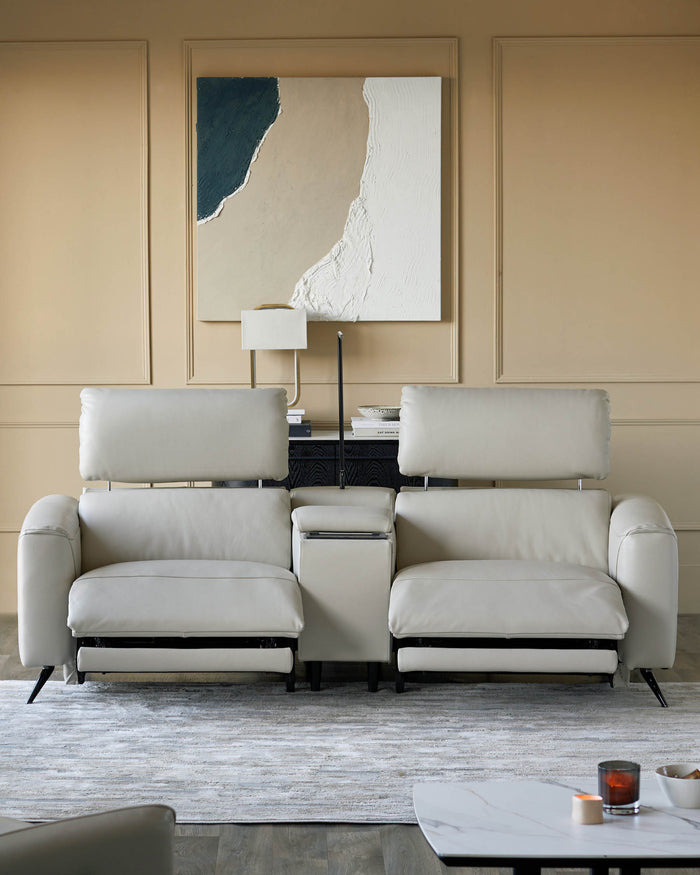It is amazing the different types of leather or imitation leather that is used to cover a wide range of furniture including bar stools, dining chairs, sofa’s and casual furniture, here is a quick run down on the various different types of leather and what their main qualities are. This page goes from full grain leather which is the highest quality leather to faux leather which is a man made synthetic material.
Full Grain Leather
Full grain leather is made from premium raw material, top skin that has not been touched up to cover imperfections. Also called Aniline or Semi-aniline if it has been dyed this leather is full of natural characteristics it is a popular upholstery choice. Carrying a distinctive smell, the soft yet strong texture is hard wearing and will age well to look more attractive over time, making it an ideal choice for home furnishings.
Full grain leather is often available with an aniline or semi-aniline finish. The aniline finish is created when the leather is submerged in a transparent dye, this colours the leather all the way through without loosing the natural grain. The semi-aniline finish is similar to the aniline except for a thin layer of protective coating that helps prevent stains.

A very popular choice for upholstery, although it comes with a much higher price tag than any other leather type. It is an attractive finish for products such as bar stools, chairs, sofas etc.
Pros
- Real leather
- Often treated to help prevent stains
- Leather smell
- Hard Wearing
- Becomes more attractive over time
- Contains natural characteristics
Cons
- Most expensive leather option
Split Leather
This refers to a piece of leather that has been split from the skin of the hide. Depending on the thickness of the hide it can often be split down further. This type of leather can be more fragile than the full grain leather, but is often treated to make it more hard wearing.
Split leathers can often have a pattern embossed or be buffed to create a suede.
Pros
- Real leather
- Often treated to be more hard wearing
- Cheaper than genuine leather
Cons
- Thinner than full grain leather
- Surface more fragile than full grain leather
- Can be damaged by liquid if not treated
Suede also known as Nubuck or Buffed Leather
This is created by either removing the grain, or by means of a splitting operation between the hide and skin, where the grain and drop split are separated. This leather is normally buffed and brushed to create a soft fuzzy surface.
Suede can be cheaper than full grain leather, as several pieces of suede can be divided down from one drop split, whereas there is only one top grain per skin.
This leather can be hard to protect and will damage easily when it comes in contact with liquid.

This is not a popular choice for contract or domestic products to be upholstered in, due to it’s fragile nature.
Pros
- Real leather
- Soft surface
- Cheaper than full grain leather
Cons
- Hard to protect
- Damages easily by liquid
- Surface is more fragile than split leather
- Wears easily
Regenerated Leather
Unlike real untreated leather, regenerated leather has a completely smooth texture. This finish is produced when the leather goes through a manufacturing process that compresses the fibres. Another popular choice for contract markets, particularly commercial seating for bars and restaurants.
Pros
- Hard wearing
- Strong
- Smooth matt finish
- Cheaper than genuine leather
Cons
- Not classed as real leather
- Smooth matt finish

Bicast leather also known as coated leather
This leather uses a low grade or regenerated leather, which then has a thick layer of polyurethane applied to it. This coating makes the material strong and highly durable, perfect for constant use, particularly for commercial bar stools, chairs and other products that may be upholstered.
Pros
- Has a thin layer of leather
- Protected against liquid spills
- Strong
- Hard wearing
- Cheaper than genuine leather
Cons
- Leather has a smooth plastic finish due to coating
- Not classed as real leather
Please Note : Do not use normal leather creams on the top surface as it has a high polyurethane finish.
Faux Leather
It can be hard to tell the difference between real leather and a man-made leather imitation as they have similar textures and qualities. However, because it is made from synthetic materials, faux leather is more durable making it ideally suited for bar stools and dining chairs etc, used in the commercial market.
Pros
- Hard wearing
- Similar look and feel to genuine leather
-Not damaged by liquid
- Generally the cheapest type of leather
Cons
- Not genuine leather
Leather Bar stools for sale
We at Danetti have put a lot of time and effort into selecting a wide range of leather furniture and stools that we offer for sale at a great price. If you are looking to buy any leather bar stools, please take a look at our selection of leather bar stools.










